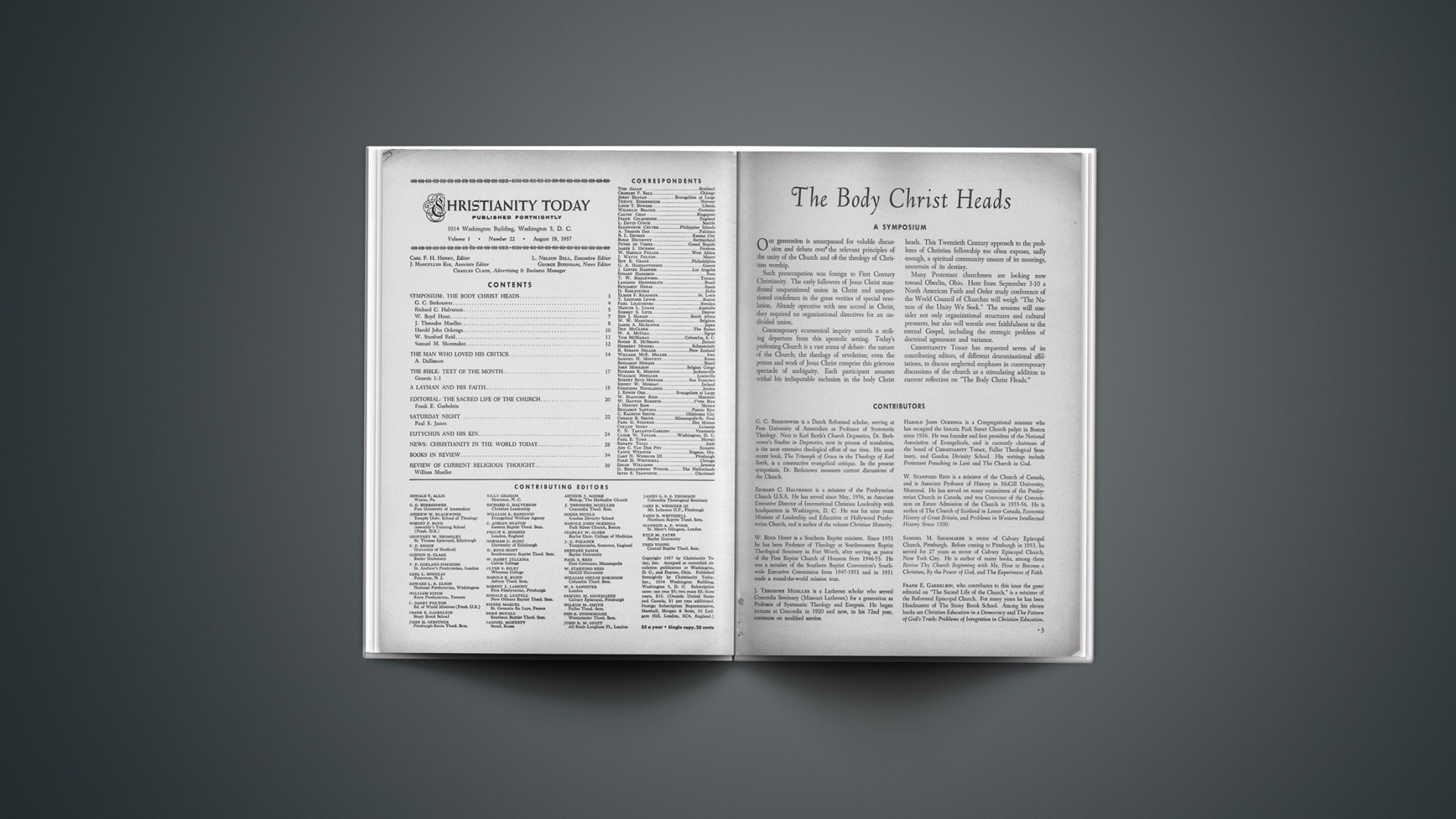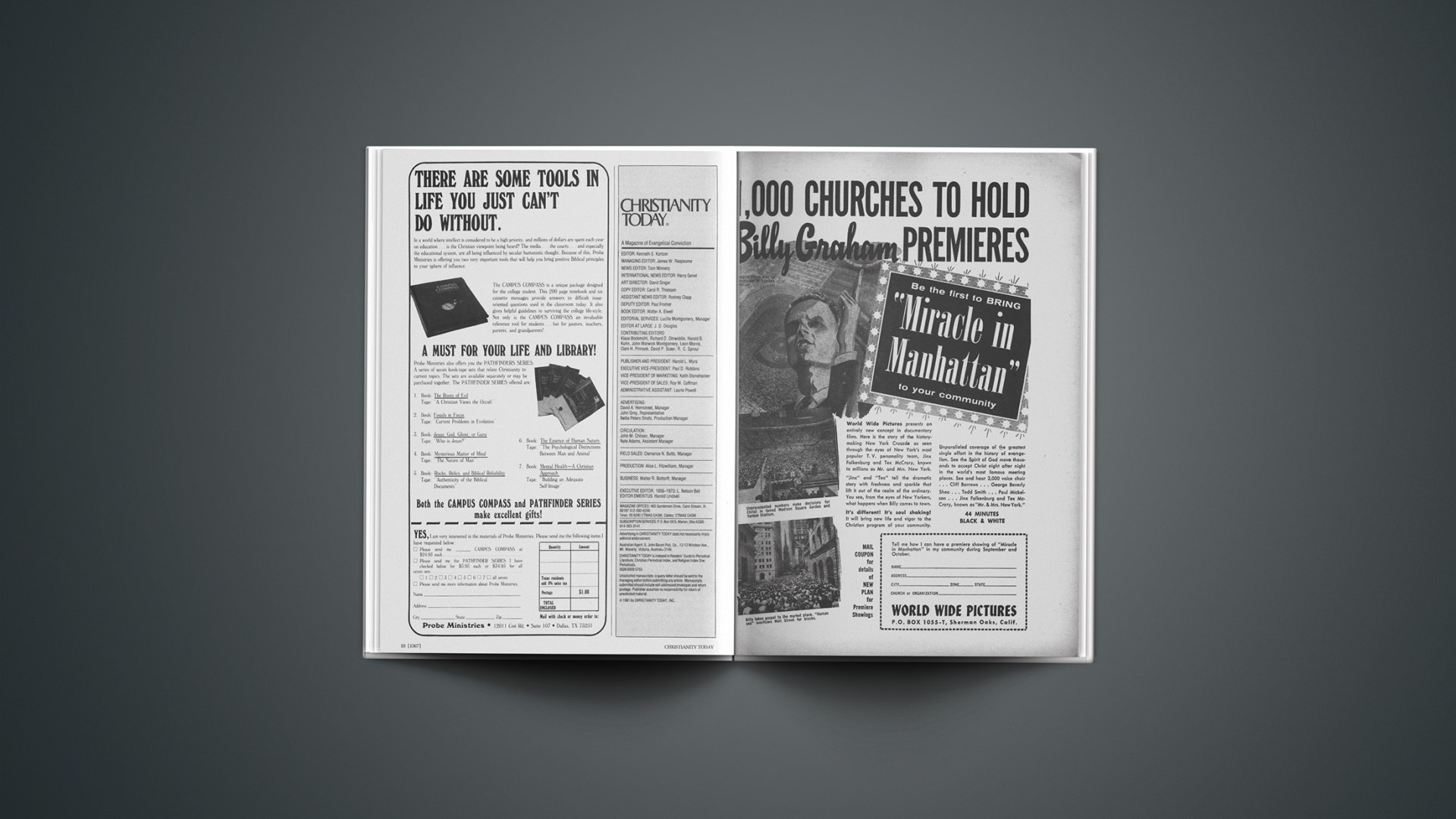College For Nigeria
Baptists are planning to found a degree-awarding theological college in Nigeria, Dr. G. W. Sadler, secretary for Africa, Europe and the Near East of the Foreign Missions Board of the Southern Baptist Convention, said recently.
The announcement was made at a dinner given in Dr. Sadler’s honor by the Nigerian Baptist Convention in Lagos, Nigeria, on the eve of his retirement.
“We feel that such a higher center of learning will help in the progress of Christianity in this land,” said Dr. Sadler, who served as a missionary in Nigeria for 18 years. He was responsible for building up the Baptist Seminary at Ogbomosho, the Baptists’ highest education institute in Nigeria.
W.H.F.
Little Fanfare
Self-government came quietly to the Eastern and Western regions of Nigeria last month. There was no public holiday, no mass celebration.
In Enugu, capital of the Eastern Region, Prime Minister Nnamdi Azikiwe, who had been loudest in demanding self-government, attended a simple service of thanksgiving at St. Bartholomew’s (Anglican) Church.
The reason for the lack of flag-waving was that the official recognition of regional self-government will mean little change for the country. Because the backward Moslem Northern Region has refused to accept self-government until 1959, the nation must wait until 1960 for full federal self-government.
In watching neighbor Ghana, which obtained independence last March, Nigerians realize the heavy responsibilities and cost of independence. They are more than ever appreciative of the work of missions, which are still responsible for 70 per cent of the nation’s education and much of its medical care. One region recently announced financial aid to bring mission hospital nurses and attendants to government wage standards.












